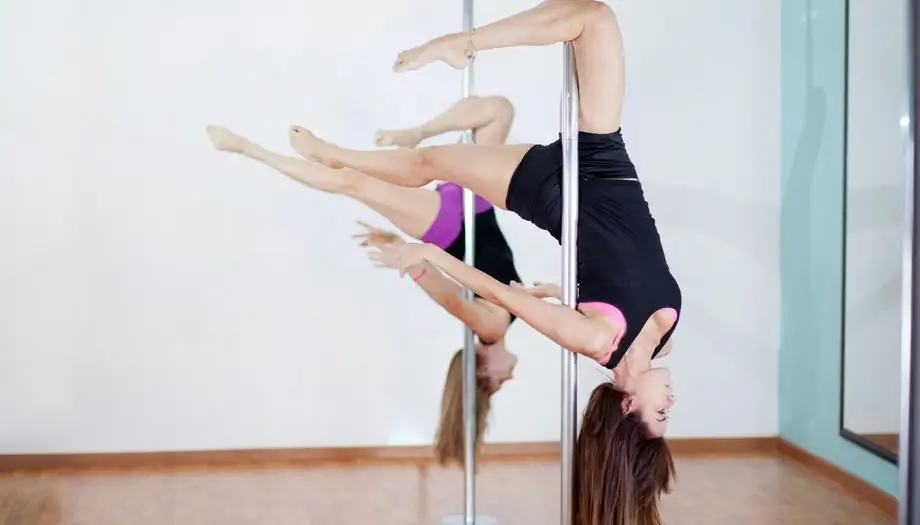- Author Rachel Wainwright [email protected].
- Public 2023-12-15 07:39.
- Last modified 2025-11-02 20:14.
Wushu
Wushu is a generalized name for the martial arts that exist in China. The name consists of two hieroglyphs - "wu" and "shu", which means "military art" in Chinese.

In fact, wushu is the same as kung fu. However, according to the Russian tradition, the term "kung fu" refers to martial arts, and "wushu" - gymnastic exercises, which are the basis of both physical and spiritual development.
Historically, the art of wushu was born as a system of knowledge that allows for human survival in any conditions. Such preparation helped develop the ability to make the necessary decisions quickly and take immediate action. However, wushu is intended not only for combat training: the techniques that art uses also make it possible to develop the hidden abilities of the body, quickly restore expended resources, and achieve recovery and self-improvement.
Wushu gymnastics
Wushu gymnastics is a set of exercises that include physical and breathing practice, excluding spiritual and meditative ones. It aims to achieve flexibility, develop muscles and joints, maintain endurance and improve the body's health.
Wushu gymnastics has the following advantages:
- In connection with the presentation in wushu of special requirements for the flexibility of an athlete, exercises contribute to the development of not only muscles and tendons, but also joints. As they say in the East, “the one who retains flexibility will postpone old age”;
- Gymnastics effectively develops the cardiovascular and respiratory systems of the body. This is due to the need to perform exercises for flexibility and muscle relaxation;
- Wushu classes have a positive effect on the development of the musculoskeletal system, the formation of posture;
- Rhythmic and at the same time smooth movements of the athlete relieve emotional and muscle tension.
Despite the fact that wushu was originally formed as a martial art, gymnastic exercises are not imitations of movements in combat, they are performed smoothly and gently to avoid sprains and tendons.
Before you start gymnastic wushu classes, you must follow several important tips:
- It is best to practice wushu early in the morning or in the evening, after cleansing the intestines;
- Do not exercise on a full stomach or when you are very hungry;
- During gymnastics, use loose clothing made from natural fabrics that does not restrict movement;
- According to the ancient Chinese tradition, wushu should be practiced while facing north;
- In the exercises, use the principle of gradualness, observing moderation in the load;
- Practice Wushu regularly - at least twice a week.
Wushu for beginners
Regardless of whether you are a beginner or a person who has been practicing wushu all his life, each training session should begin with practicing basic techniques. It includes exercises to develop flexibility:
- shoulder girdle;
- hip joint,
- lumbar spine.
After the warm-up exercises, wushu classes involve the performance of stances and strikes. Stands are not static positions, but dynamics in action, special steps that, depending on the situation, differ in shape and length. In the initial period of studying the wushu racks for beginners, the following position of the hands is assumed: the hands are pressed to the belt and clenched into fists, the elbows are laid back.
Basic wushu stances:
- Bingbu. Legs together, back straight, weight evenly distributed on both limbs;
- Mabu. The most important stance in wushu. It is used not only to practice technical actions, but also to train breathing, strength of leg muscles, and increase endurance. Legs are set shoulder-width apart, feet are directed forward and parallel to each other. The athlete squats, bending the knees so that the thighs are parallel to the surface. The back is straight, the abdomen is pulled in, the knees are turned outward;
- Gunbu. The stance allows you to quickly maneuver, making it possible to deliver a powerful blow, both in motion and on the spot. One leg takes a long step, the leg bends at the knee. The toe of the forward standing leg is in line with the heel behind the standing limb;
- Suibu. The stance is used for kicking, retreating with a block and breaking the distance. Legs apart. We sit down on one leg, bending it at the knee, transferring all the weight of the body onto it. The toe of the front foot is in line with the heel of the back foot.
After the student has learned the stances, wushu for beginners involves mastering the technique of moving in stances both in the forward direction and in the back direction. The student's task is to learn how to move from one stance to another, taking into account the correct position of the body, arms and legs.

Wushu for children
Studies have shown that wushu classes improve the mental health and physical fitness of children. The implementation of complex-coordinated movements of the Wushu complex contributes to the formation of such qualities as endurance, discipline, poise, concentration, attention, memory, quickness and speed of reaction. Children engaged in this type of gymnastics are characterized by energy, optimism, and a state of emotional satisfaction.
During training, children perform exercises aimed at stabilizing breathing, as well as relaxation (nerve and muscle) after exercise.
Wushu for children involves studying a simplified course, without overloading physical exercises, given the lack of motor skills and coordination of movements in a child.
Found a mistake in the text? Select it and press Ctrl + Enter.






